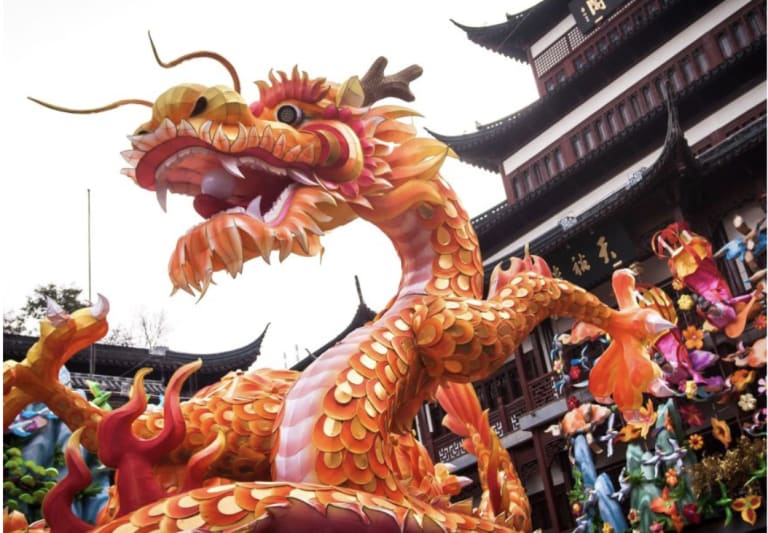Exploring the Magic of Chinese New Year: Traditions and Celebrations

The Zodiac Animals:
Each year in the Chinese zodiac follows a 12-year cycle, with each year associated with a specific animal sign. These signs play a significant role in Chinese New Year symbolism. For instance, 2024 is the Year of the Dragon; The mythical creature’s good fortune will be sprinkled upon all. But the dragon has one requirement before all that wealth and wisdom is spread about — people need to be kind and compassionate to each other first
Red Decorations and Clothing:
Red is the dominant color during Chinese New Year, symbolizing good luck, happiness, and warding off evil spirits. Homes and streets are adorned with red lanterns, banners, and paper cutouts. People also wear new red clothing, called "lucky red," to invite fortune and happiness into their lives.
Reunion and Family:
The Chinese New Year celebration emphasizes family reunions. People travel long distances to be with their loved ones, even if it means returning to their hometowns. It's a time to strengthen familial bonds and reflect on the importance of family unity and support.
Fireworks and Firecrackers:
The use of fireworks and firecrackers during Chinese New Year dates back to ancient times. These loud and colorful displays are believed to ward off evil spirits and bad luck, making way for a prosperous year ahead. The noise and brightness of fireworks are thought to scare away negative energies.
The Giving of Red Envelopes (Hongbao):
One of the most cherished customs during Chinese New Year is the giving of red envelopes, or "hongbao." Elders give these envelopes containing money to younger family members and friends as a symbol of blessings, good wishes, and prosperity for the new year. The act of receiving hongbao is a gesture of respect and gratitude.
Traditional Foods:
Food plays a central role in Chinese New Year celebrations. Families prepare and share special dishes that carry symbolic meanings. Dumplings, for example, represent wealth and prosperity, while fish symbolizes abundance. Nian gao (sticky rice cake) sounds like "year high" in Chinese, signifying increasing prosperity.
Dragon and Lion Dances:
Colorful dragon and lion dances are common during Chinese New Year parades and celebrations. These performances are believed to bring good luck and chase away evil spirits. The intricate dance routines are often accompanied by the beat of drums and the clashing of cymbals.
Cleaning and Decorations:
Prior to Chinese New Year, homes are thoroughly cleaned to sweep away bad luck and make room for good fortune. Decorations with auspicious symbols, such as (fu) meaning "good luck," are displayed prominently.

